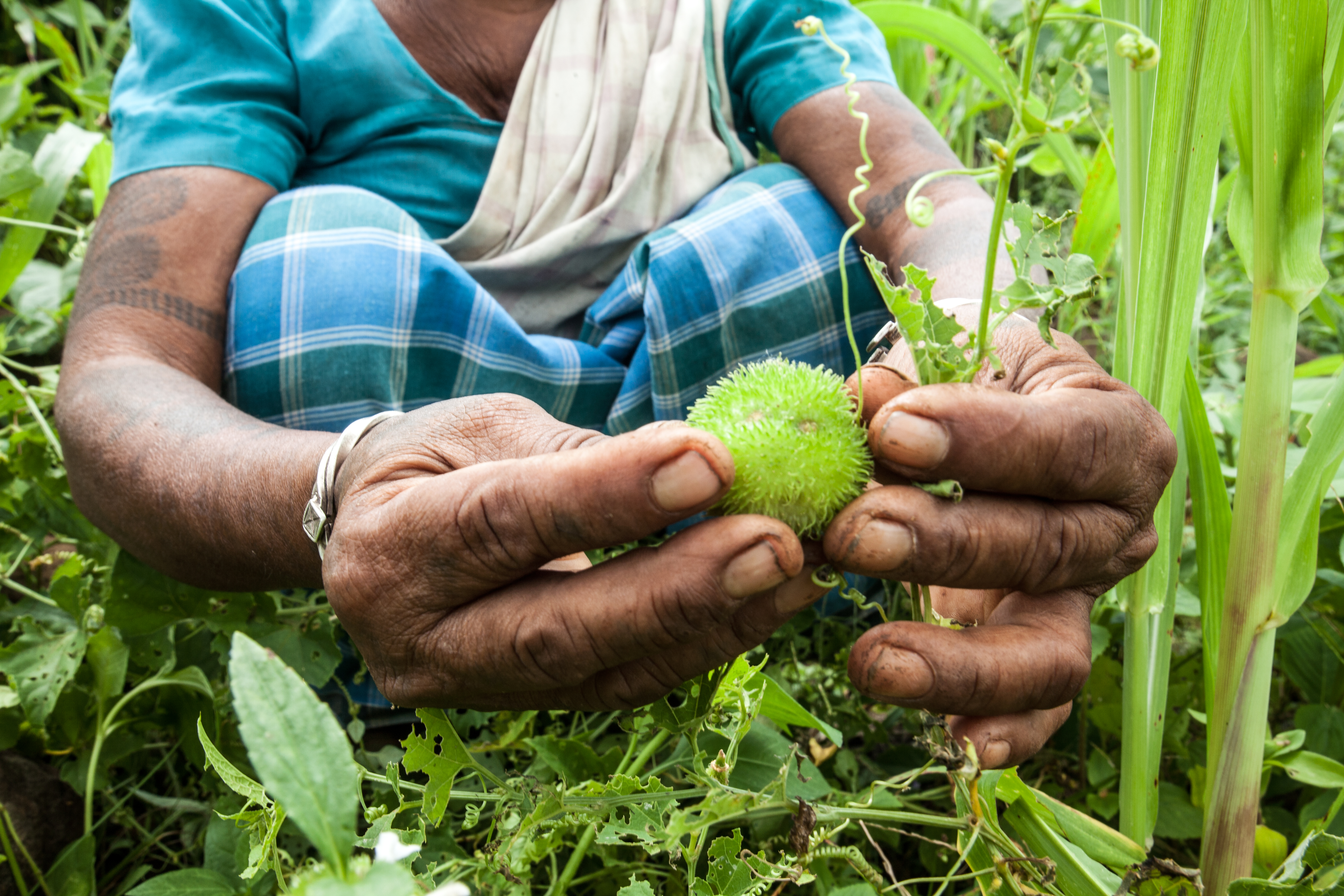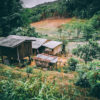
Why indigenous and community land rights matter (by the numbers)
(Up to) 2.5 billion.
That’s the number of people around the world who depend on indigenous and community lands for their livelihoods and subsistence. The poorest households are most dependent on the land for food and survival.
50 percent and 10 percent.
Although Indigenous Peoples and local communities customarily claim and manage at least half the world’s lands, they legally own just 10 percent. Without secure land rights, Indigenous Peoples and rural communities are left vulnerable to conflict, food insecurity, environmental destruction, exploitation, and even violence.
24 percent (at least).
The percentage of aboveground tropical forest carbon stored in community lands. That’s 54,546 million metric tons, equivalent to almost four times the global greenhouse gas emissions of 2014. If these lands were deforested, the result would be catastrophic. Community-owned lands outperform even protected areas in defending forests and the carbon they contain.
200.
That’s the number of land rights and environmental defenders killed in 2016, according to a report by Global Witness. Nearly 40 percent of them were indigenous. The recent massacre of uncontacted indigenous tribespeople, who have lived in peaceful isolation in the Brazilian Amazon for generations, has shocked the global human rights community.
As these numbers make clear, legally recognized and secure land and resource rights for Indigenous Peoples and local communities are fundamental to the advancement of peace, prosperity, and sustainable development. They’re also closely tied to the crises of inequality and climate change. If we cannot make land rights a top priority in every development agenda, then we cannot achieve the Sustainable Development Goals and the aims of the Paris Agreement.
Fortunately, the world is better positioned to secure community land rights than ever before. In 2013 and 2015, we convened global conferences in Interlaken and Bern, Switzerland to take stock of global progress toward securing community land rights and collaborate on efforts to scale up rights recognition. Those meetings led to the creation of new tools, partnerships, and initiatives to support communities’ struggles to secure their land rights, such as the Interlaken Group, a “pre-competitive” network that helps the private sector to improve its practices to respect the rights of communities, and the International Land and Forest Tenure Facility, the world’s first institution dedicated solely to advancing community and indigenous efforts to secure their land rights.
From October 4 to 5, we’re convening the third conference in this series in Stockholm, Sweden: “Reducing Inequality in a Turbulent World: Scaling-up strategies to secure indigenous, community, and women’s land rights.” Leading Indigenous Peoples, community organizations, NGOs, governments, private companies, and investors will meet to share innovative new solutions to secure rights on the ground and develop a shared path forward.
And before that, on October 3, indigenous leaders, forestry experts, and investors will join Swedish Aid officials and the Ford Foundation president in Stockholm for a high-level Sida Development Talks, “Land rights—combating climate change and advancing peace and gender equality.”
From October 3 to 5, join the conversation online by using the hashtag #LandRightsNow on Twitter, and sign up for the Rights and Resources Initiative’s newsletter to receive the most important news, updates, and results coming out of the conference.
We look forward to continuing this conversation with you.



